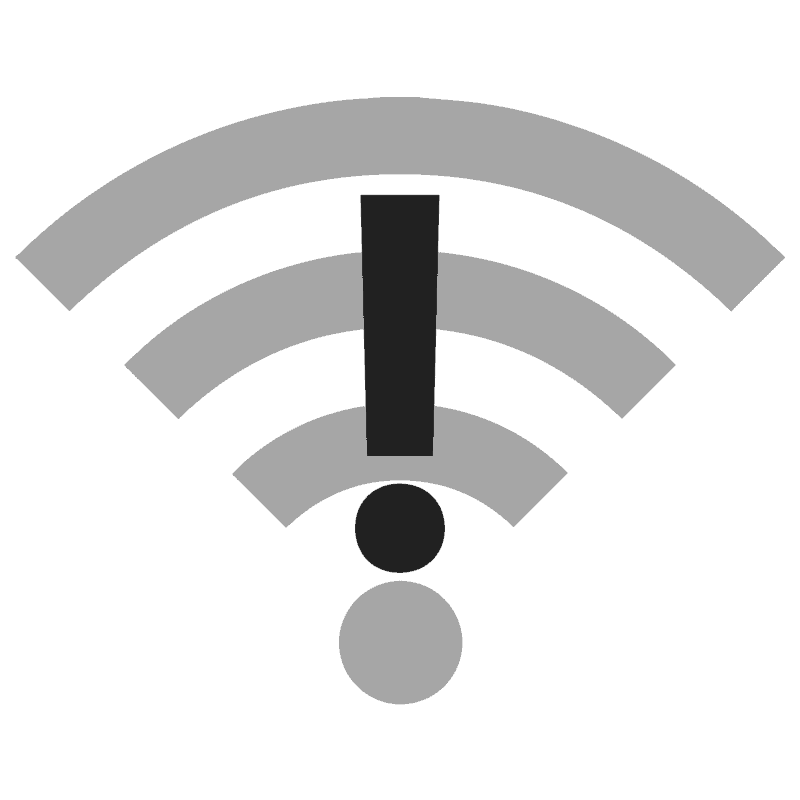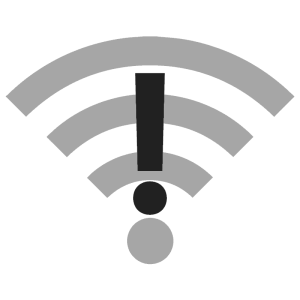
 A wise person once said, “Want to hold a family meeting? Turn off the Wi-Fi and wait in the room where the router is kept.” The same phenomena can be experienced in the office. For a typical company, a wireless outage will be noticed in mere seconds. That’s because we all so heavily rely on it to do our daily tasks.
A wise person once said, “Want to hold a family meeting? Turn off the Wi-Fi and wait in the room where the router is kept.” The same phenomena can be experienced in the office. For a typical company, a wireless outage will be noticed in mere seconds. That’s because we all so heavily rely on it to do our daily tasks.
You’d be hard pressed to find someone who can’t relate to watching that swirl frustratingly turn and turn and turn waiting for a webpage or web application to load. We’ve all experienced weak Wi-Fi signal and many businesses have suffered languishing productivity at its hands. And while engineering a robust and functional wireless network isn’t as easy as you’d think, there are a few common causes for Wi-Fi signal loss and degradation:
1. Distance
The radio frequency waves can only travel so far. If wireless-enabled devices are too far from the access point (AP), they could experience degraded signal or trouble connecting.
We commonly see a lack of understanding of how the signal is transmitted out of the AP. For the majority of APs, the wireless signal radiates out from the top. If an AP is placed right-side up in the ceiling, the signal is going up and not towards the intended users.
There is another very important consideration, especially as we transition our networks from the 2.4Ghz spectrum to 5. While switching to the 5Ghz spectrum has many benefits, it’s important to know that its signal is weaker at farther distances. Whereas a device may have no trouble receiving a 2.4Ghz signal at a certain distance, it may experience difficulty on 5Ghz. That is why we often recommend a denser AP coverage if we’re designing a wireless network on 5Ghz.
2. Interference
More things could be dirtying up your 2.4Ghz spectrum than you know. Microwaves, cordless phones, Bluetooth, other wireless networks (like neighboring businesses).
Your own APs could be interfering with each other, too. Most APs come equipped with programming to avoid co-channel interference, but sometimes the out-of-the-box settings aren’t optimal. Be sure APs aren’t too close together and check to see if they’re talking over each other — that could be damaging your signal strength.
3. Construction
Where would we be without understanding the physics of it all? For a more detailed account of how construction materials impact wireless signal, check out 5 Phenomena That Impact Wi-Fi Signal.
Basically, what your building is made out of can greatly impact your signal strength. If you’ve got thick wooden doors or concrete walls, you will definitely need to account for that in your wireless network design. When we run our wireless surveys, we give careful consideration to what materials may be behaving as barriers to the Wi-Fi signal.
4. Capacity
Don’t assume a one-to-one ratio anymore. One person does not equal one wireless-enabled device. In fact, you’d be better off assuming two to three per user. The basics of Wi-Fi still remain: an AP can only transmit data to one device at a time. Even though it takes mere milliseconds, if an AP is overburdened with requests, it can cause connectivity problems.
5. Hardware Design
There are limits to what your wireless network hardware will do and what features it comes with. We often recommend Ruckus Wireless hardware for our clients because of their innovative enhancements. We always see more reliable networks with Ruckus Wireless.
For an example, learn how Ruckus Wireless revolutionized beamforming.
Learn more about the common errors of wireless network design: 7 Gotchas of Wi-Fi.